Surfing the DER Tsunami: How Utilities Can Balance Stability in the Age of Rooftop Solar
Distributed energy resources (DERs) like rooftop solar and commercial-scale batteries are flipping the script on traditional grid operations. As utilities wrestle with two-way power flows, voltage swings, and erratic backfeed, managing grid stability becomes a high-stakes balancing act. But rather than panic, it's time to gear up – with grid-edge intelligence.
The Complexity Conundrum
Picture a feeder with hundreds of DERs bouncing electrons into the network at unpredictable times – cloud cover, midday peaks, battery charge cycles. That’s chaos for legacy centralized controls. In fact, greater DER penetration introduces “uncertainty, variability and no inertia” in distribution networks – necessitating smarter edge-based control schemes, as reported in POWER.
Edge Intelligence to the Rescue
Grid‑edge platforms with optical sensors and local processing are the unsung heroes. MICATU’s optical sensors deliver ±0.5% accuracy on current, voltage, and harmonics – sampling at 15 kHz on medium‑voltage lines – while edge processors like certusEDGE or m410B digest it in real time. This local autonomy slashes latency and empowers the grid to react within milliseconds – making DER-induced instability smirk-proof.
Real‑Time Visibility = Proactive Management
Operators gain granular insight into feeder dynamics – temperature, harmonics, sub-cycle phase imbalances. Data at this fidelity enables predictive analytics and even self-healing: edge-computed diagnostics can detect imminent voltage swell and trigger automated responses – no room for guesswork. Experts at Distributech stress that edge intelligence is no longer optional – it’s essential.
Automation + Modernization
When edge platforms integrate with ADMS or DERMS, automation blooms. Grid-edge devices can issue local commands, enact FLISR (Fault Location, Isolation, and Service Restoration), and dynamically modulate DER quotes or battery dispatch – all in real time, all without wrestling centralized systems. As noted on ResearchGate, the grid edge is the cradle of decentralization, digitization – and yes, democratization.
A Testbed Case: Campus Microgrids
At RIT, MICATU’s optical sensors transformed a DER-rich campus grid. Their microgrid – with solar, wind, EV chargers, geothermal – got crystal-clear power-quality data, feeding research and operational improvements. Real-time edge analytics made it possible to monitor and respond fast.
Hold the Line: Why Grid-Edge Intelligence Is the Utility’s Last Defense Against DER Chaos
The grid isn’t what it used to be – and that’s not a bad thing. But if utilities want to stay in control as rooftop solar, batteries, and behind-the-meter chaos flood the distribution network, they need to toughen up their approach. Legacy systems weren’t built for this level of complexity. It takes grid-edge intelligence – real-time data, optical precision, and local processing power – to bring order to the mayhem. With the right tools, operators can see deeper, act faster, and get ahead of problems before they take down the feeder. This isn’t just modernization – it’s survival. And the utilities that embrace edge-first thinking are the ones that will keep the grid stable, smart, and standing strong.
Ready to outsmart the chaos? If your grid is drowning in rooftop solar and rogue battery feeds, it’s time to fight back with precision. Our experts speak fluent harmonics and think in microseconds – because managing the modern grid isn't guesswork, it's data-driven warfare. Meet with one of our experts today and see how real-time optical insight turns DER disruption into your competitive edge.

